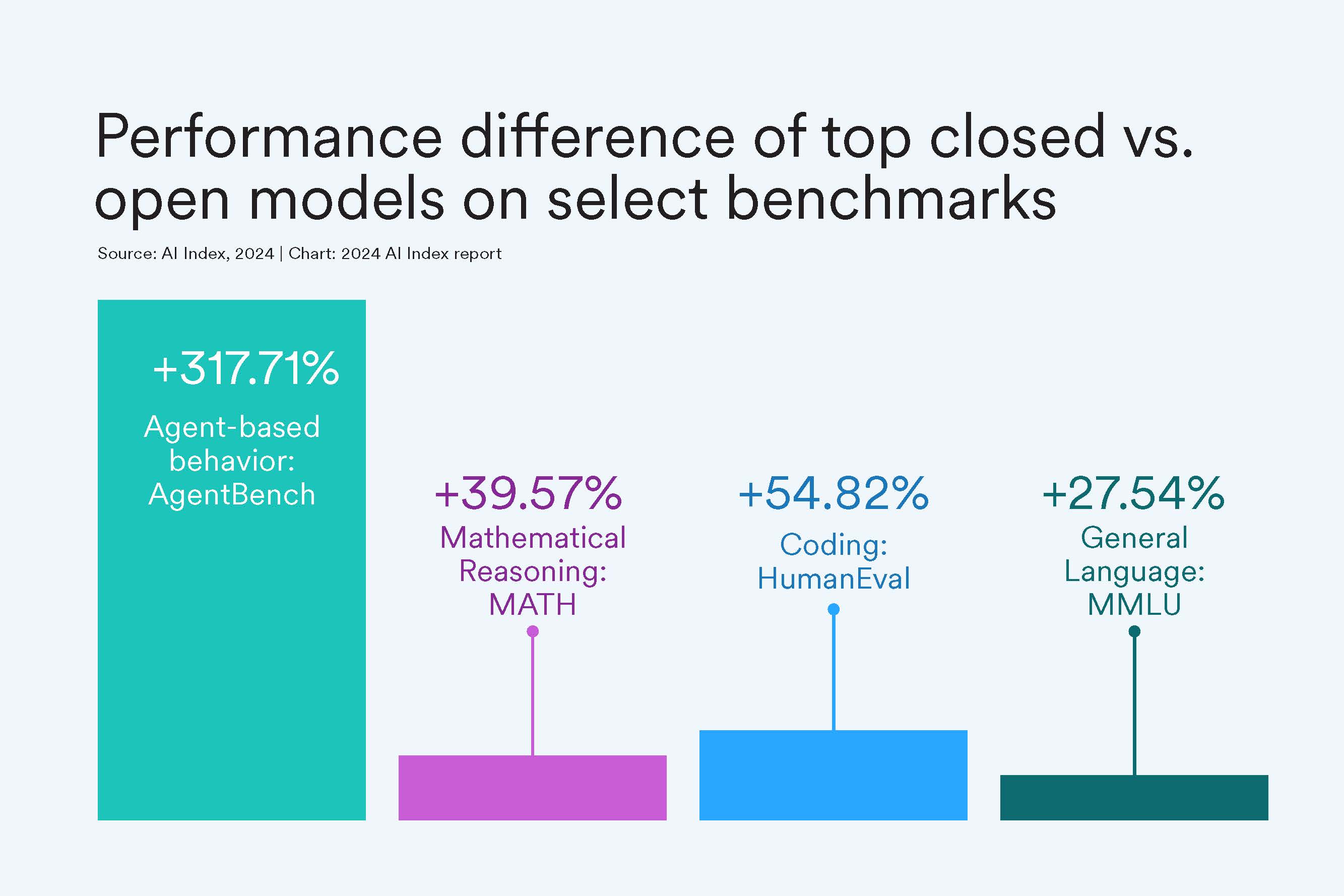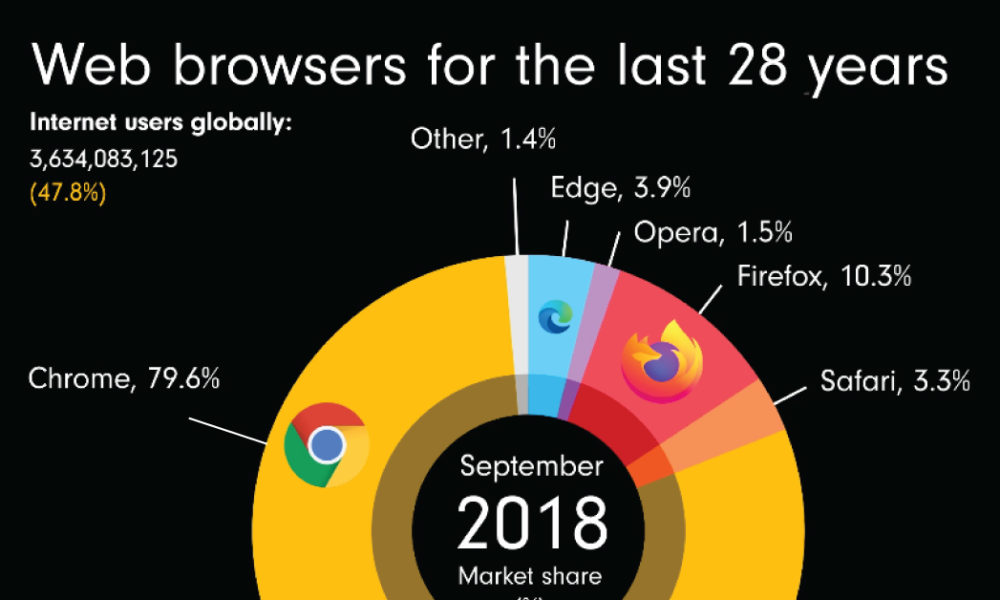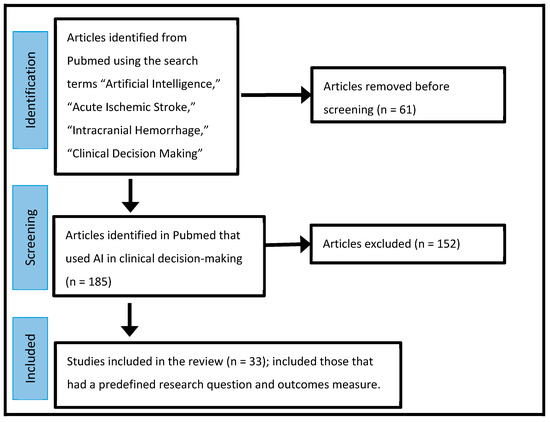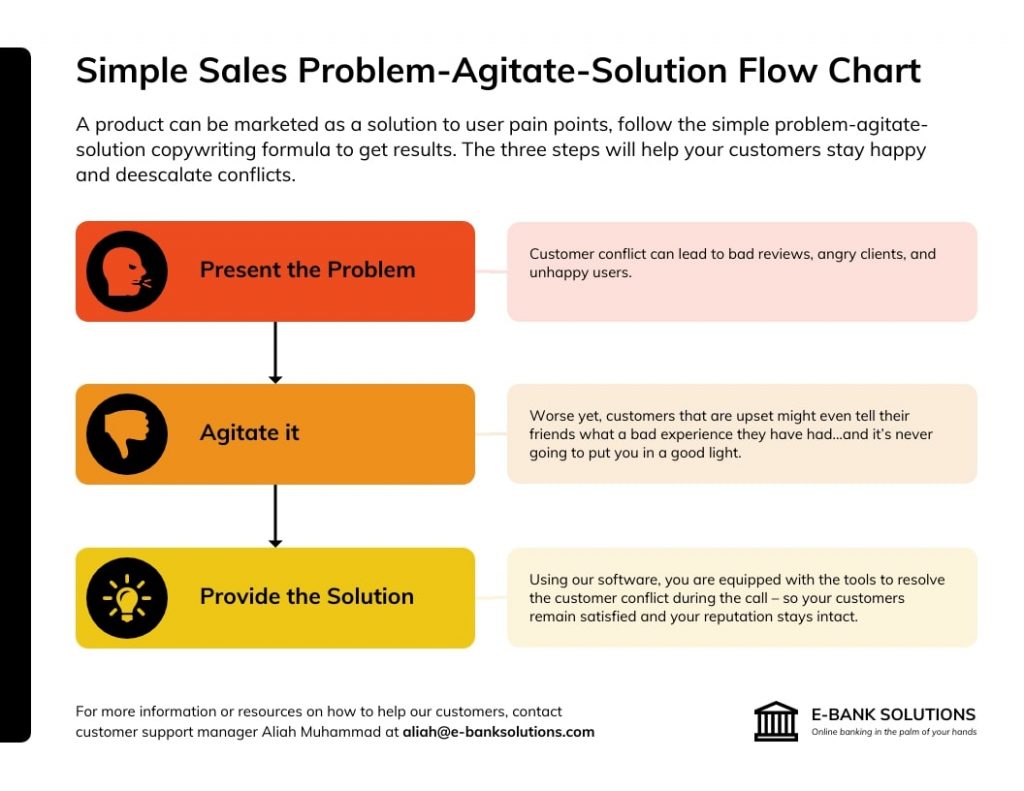
Artificial intelligence has the potential to transform our world, from the way we live and work to the way we interact with each other. But with great power comes great responsibility, and as we hurtle towards an AI-driven future, it’s essential to consider the implications of this technology on our society. In this article, we’ll explore the divide between those who believe AI is the key to unlocking human potential and those who fear its misuse, and examine the five points that bulls and bears may want to consider when investing in AI and generative AI.
One of the primary concerns surrounding AI is the lack of understanding about its limitations and potential risks. While some hail AI as the solution to all our problems, others point out the numerous limitations and legitimate reservations that skeptics offer. The truth lies somewhere in the middle, but the “middle” ground will continue to shift as AI evolves at an incredible pace. To approach this complex subject, we need to understand and appreciate the fact that AI is a 60-year-old technology that has been gradually transforming industries and creating economic value.
Differentiating between Traditional AI and GenAI
AI is a broad term that describes the ability of machines to become as smart as humans, if not smarter, with the help of technologies like machine learning, deep learning, image recognition, computer vision, optical character recognition, and natural language processing. Organizations have been using machine learning, deep learning neural networks, and AI technologies for years, but GenAI, a subset of AI, is relatively new. It was born with Google’s transformer technology in 2017 but became a household term ever since OpenAI’s large language model-based chatbot, ChatGPT, surfaced in the public domain in December 2022.
 Image: A chart showing the difference between AI and GenAI
Image: A chart showing the difference between AI and GenAI
Organizations have been using traditional AI technologies for years, and these technologies have demonstrated their use in organizations even as they have been under the scanner for their potential misuse and in-built biases. On the other hand, GenAI has been mistakenly given the status of an adult, but it remains an adolescent and should be accompanied by adult humans, i.e., humans-in-the-loop, when working in companies.
3 Hype typically begets disappointment
According to research firm Gartner, companies will shutter at least 30% of GenAI projects after proof of concept by the end of 2025 due to poor data quality, inadequate risk controls, escalating costs, or unclear business value. The costs range between $5 million and $20 million. Gary Marcus, professor emeritus of psychology and neural science at New York University, predicts that the GenAI bubble will begin to burst within the next 12 months, leading to an AI winter of sorts.
 Image: A graph showing the rise and fall of GenAI
Image: A graph showing the rise and fall of GenAI
That said, much of the angst is directed at GenAI, which has been mistakenly given the status of an adult. The young GenAI should be accompanied by adult humans, i.e., humans-in-the-loop, when working in companies.
4 If AI is the new electricity, how should we measure ROI?
In an interview to the World Intellectual Property Magazine in June 2019, Andrew Ng, founder of DeepLearning.AI, founder & CEO of Landing AI, General Partner at AI Fund, and chairman and co-founder of Coursera, said, ‘AI is the new electricity. It will transform every industry and create huge economic value.’ If such is the case, how does one measure the ROI?
 Image: A flowchart showing how to measure the ROI of AI
Image: A flowchart showing how to measure the ROI of AI
A head of AI delivery, who did not wish to be named, said the problem arises when CXOs put AI and GenAI as KPIs, or key performance indicators. This forces the CXOs to put a number on intangibles such as productivity and efficiency increases. ‘How is it possible to measure AI when it’s part of a delivery process?’ the person asked.
5 Data is a finite resource
There’s the genuine fear that all big AI models will eventually run out of finite data sources like Common Crawl, Wikipedia, and even YouTube to train their AI models. Assuming current data consumption and production rates will hold, research from Epoch AI predicts that we will have exhausted the stock of low-quality language data by 2030 to 2050, high-quality language data before 2026, and vision data by 2030 to 2060.
Image: A graph showing the finite data resources for AI models
6 Don’t put the cart before the horse
Any sensible businessman would always ask: ‘What business problem is this technology solving?’ Shouldn’t the same apply to AI and GenAI? But it appears that many companies and startups are putting the cart before the horse when it comes to implementing AI and GenAI, blame it on the Fear of Missing Out, or FOMO, factor.
 Image: A flowchart showing how to identify the business problem that AI is solving
Image: A flowchart showing how to identify the business problem that AI is solving
In a November 2023 interview, Ng told Mint, ‘Gen AI is absolutely safe enough for many applications, but not for all applications. Part of the job of not just C-Suite executives, but of companies broadly, is to identify and take advantage of Gen AI within those applications. Would I have Gen AI tell me how to take a pill as a drug for a specific ailment? Probably not. But Gen AI can be used for a lot of applications including using it as a thought partner to help with brainstorming, or improving your writing or, helping to summarise information or process information. There are a lot of use cases in corporations too where it can boost productivity significantly.’
The question remains: What business problem is this technology solving?
—Andrew Ng
7 The Way Forward
The future of AI is uncertain, but one thing is clear: it’s essential to approach this complex subject with caution and a deep understanding of its limitations and potential risks. By considering the five points outlined above, we can make informed decisions about investing in AI and GenAI, and ensure that we’re using this technology to create a better future for all.
 Image: A picture of a businessman contemplating the future of AI
Image: A picture of a businessman contemplating the future of AI
The journey to a brighter future starts today. We can use AI to make our lives better, but we need to be careful and responsible. As Andrew Ng said, ‘The question remains: What business problem is this technology solving?’
References
[1] Leslie D’Monte. (2024). Five points Bulls, Bears may want to consider when investing in AI, GenAI.
[2] World Intellectual Property Magazine. (2019). Interview with Andrew Ng.
[3] Epoch AI. (n.d.). Research on finite data resources for AI models.
[4] Gartner. (2024). Report on GenAI projects.
[5] Gary Marcus. (n.d.). Prediction on the GenAI bubble bursting.
Disclaimer
This article is for informational purposes only. Any views or opinions expressed in this article are the author’s and do not represent those of the publication or its stakeholders.
About the author
This article was written by [Author’s name], a journalist at LLM Reporter. The author specializes in AI and technology reporting. For more articles by this author, click here.
Follow us on social media
For more information, tips, and analysis on AI and GenAI, follow us on Twitter at [Twitter handle]. You can also visit our website at [Website URL] for more articles and insights.














